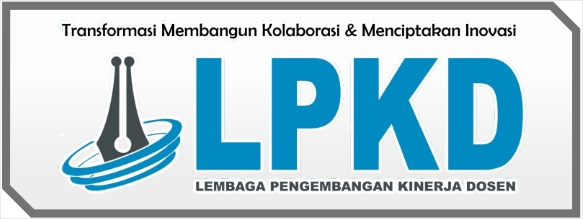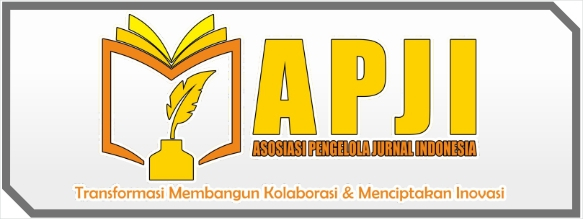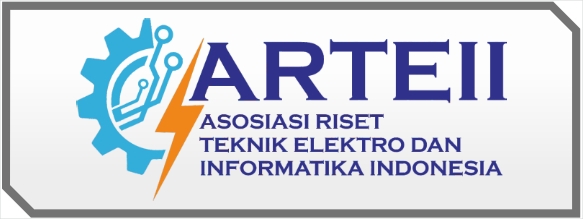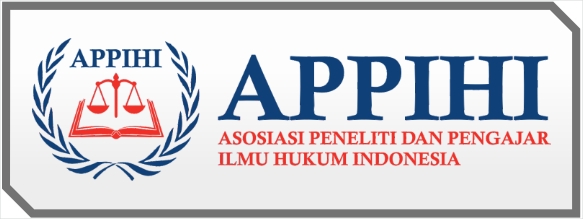Penggunaan Statistik Oleh Guru Untuk Pencatatan Dan Penetapan Hasil Belajar Siswa Pada Pelajaran Seni Budaya (Tari) Di Kelas X SMA Negeri 2 Kerinci Provinsi Jambi
DOI:
https://doi.org/10.59581/jmk-widyakarya.v1i5.1212Keywords:
Usage, Statistics, Recording, Determination, Cultural Arts (Dance)Abstract
This research aims to describe the use of statistics by teachers for recording and determining student learning outcomes in cultural arts (dance) lessons in Class X of State High School 2 KerinciProvinsi Jambi. The background to the research problem is on the teacher's initiative to use statistics in the measurement and assessment of student learning outcomes that are routinely carried out each semester. This type of research is qualitative research, with descriptive methods of analysis. The choice of this type and method of research is because the researcher describes all the field facts of the observed research object, especially in teachers as the main source of research. This research was conducted in the even semester of the 2020/2021 school year. Research instruments are records of observations, interview guidelines, and documents. Data collection techniques use observations, interviews, and library studies. Data analysis techniques exist in 8 stages, namely (1) collection; (2) transfer; (3) marking; (4) bending; (5) the application; (6) Explanation; (7) discussion; and (8) The level of inference. The results of research have described that statistics can be used to help teachers determine and assign the value of the process and the value of student learning outcomes in order to record student grades based on (1) attendance, Daily Replay (UH) grades, Midterm Examination (UTS) scores; Final Semester Exam (UAS) scores, and assignment scores. All records of values that have been collected, can be used for the determination of the final value of the semester validly.
References
Dimyati dan Mudjiono. (2002). Belajar dan Pembelajaran. Jakarta: Rineka Cipta.
Hamalik, Oemar. (2001). Kurikulun dan Pembelajaran. Jakarta: Bumi Aksara.
Jaya, Indra dan Ardat. (2013). Penerapan Statistik Untuk Pendidikan. Bandung Citapustaka Media Perintis.
Moleong, Lexy J. (2006). Metodologi Penelitian Kualitatif. Bandung: Remaja Ronda Karya
Mulyasa, E. (2013). Pengembangan dan Implementasi Kurikulum 2013. ISBN:9780979-692-447-9. Bandung: Remaja Rosdakarya.
Sudjana, Nana. (2005). Penilaian dan Proses Hasil Belajar: Bandung: Rineka Cipta.
Tilaar, H.A.R. (2000). Paradigma Baru Pendidikan Nasional. Bandung: Rineka Cipta.
Triana, Dinny Devi. (tt). Evaluasi Pembelajaran dalam Ruang Lingkup Seni (Tari). Jakarta: Universitas Negeri Jakarta
Waskito, Handoko. (2020). Blended Learning: Konsep dan Penerapannya; ISBN: 978-602-5539-30-5. Padang: LPTIK Universitas Andalas.
















